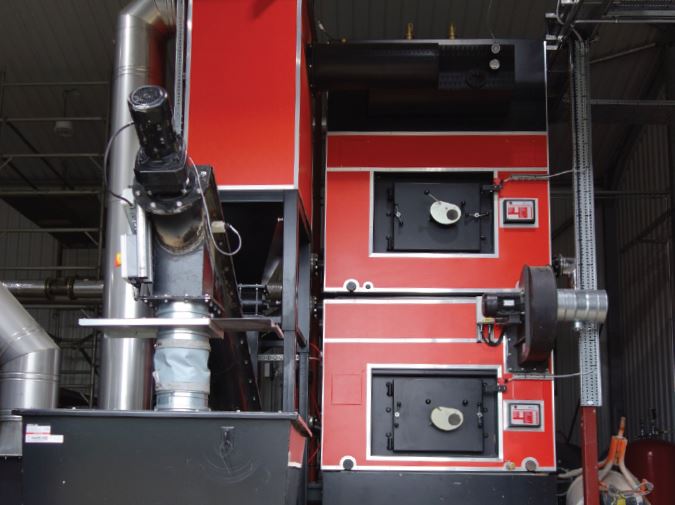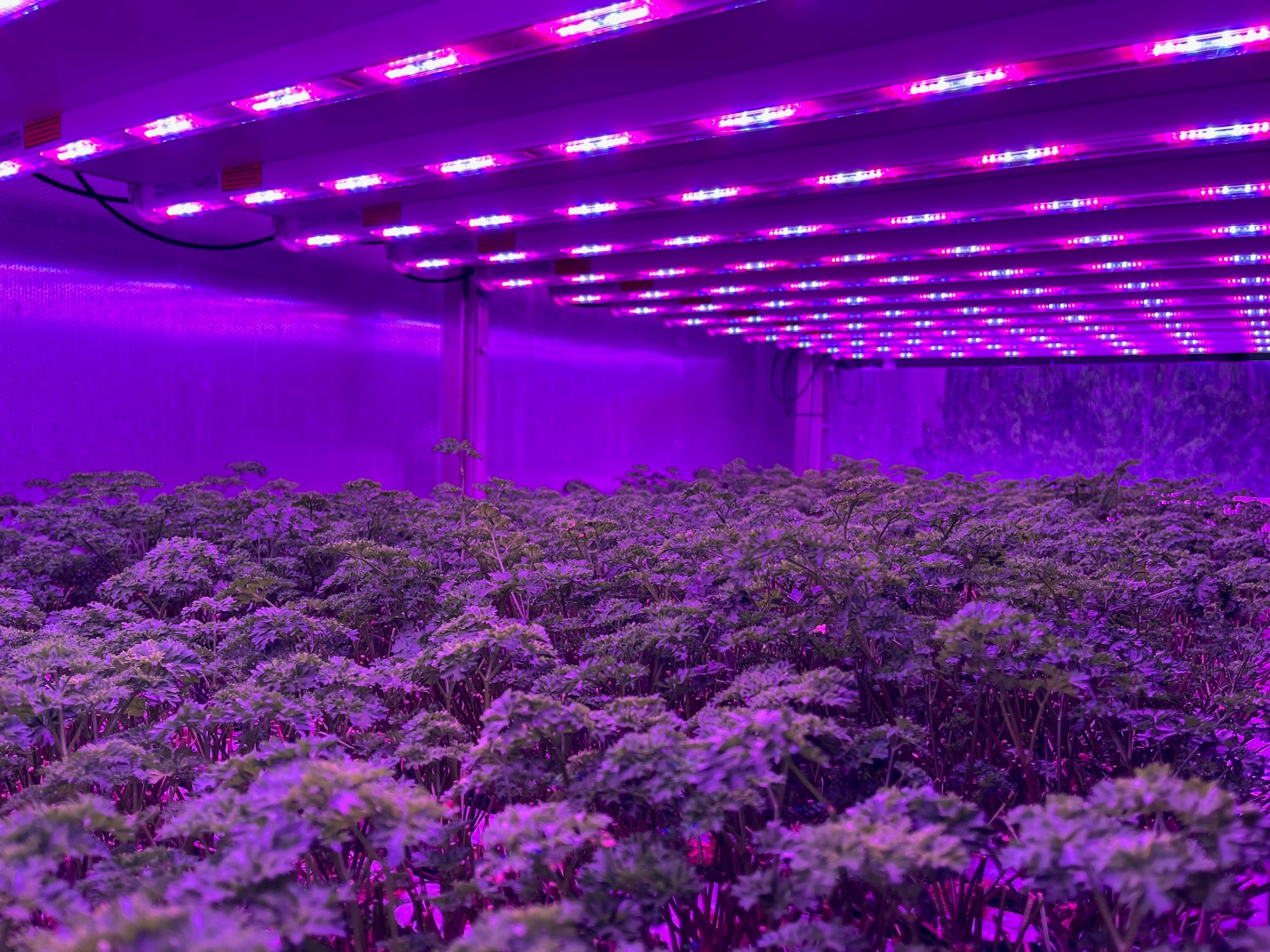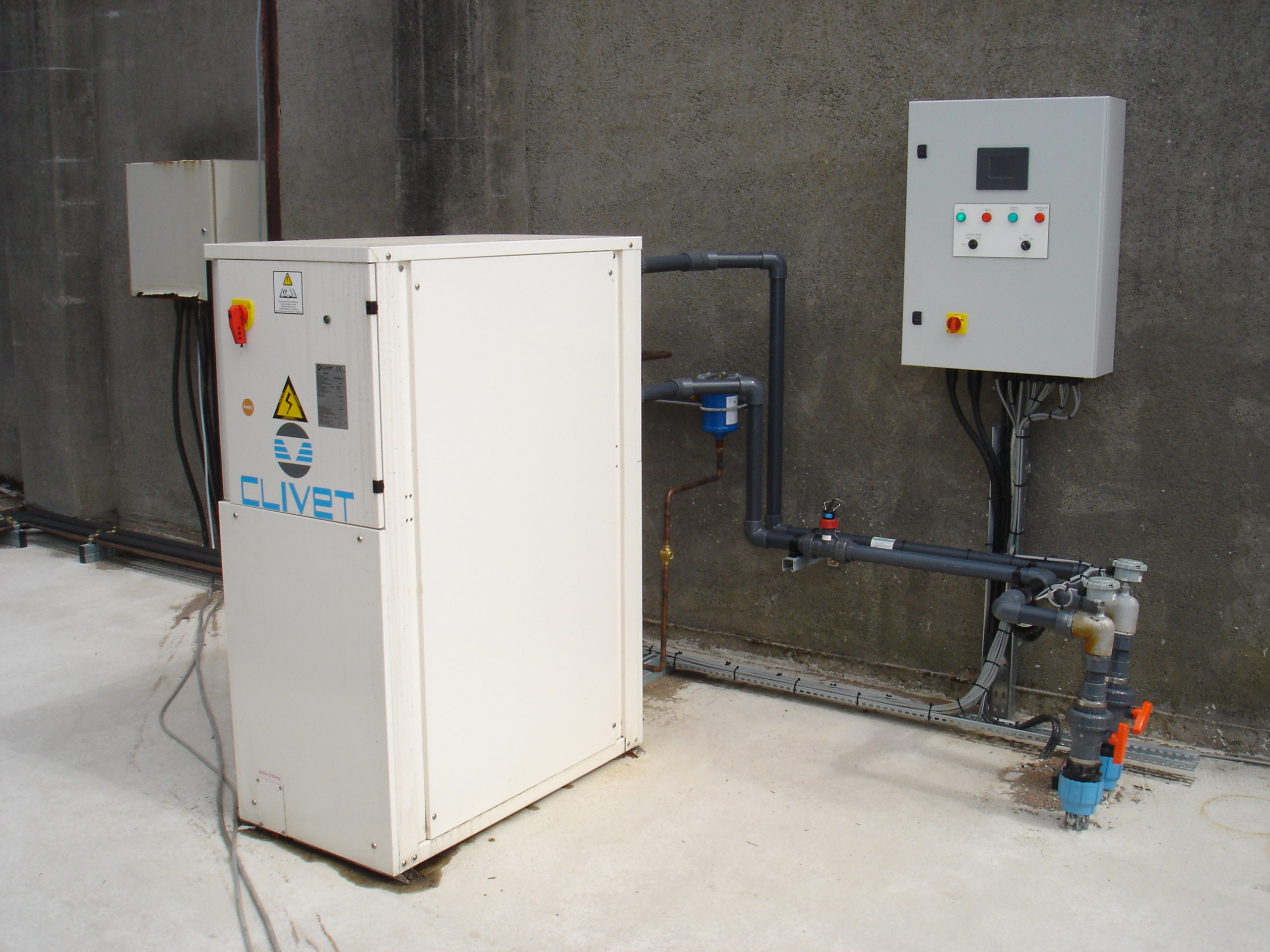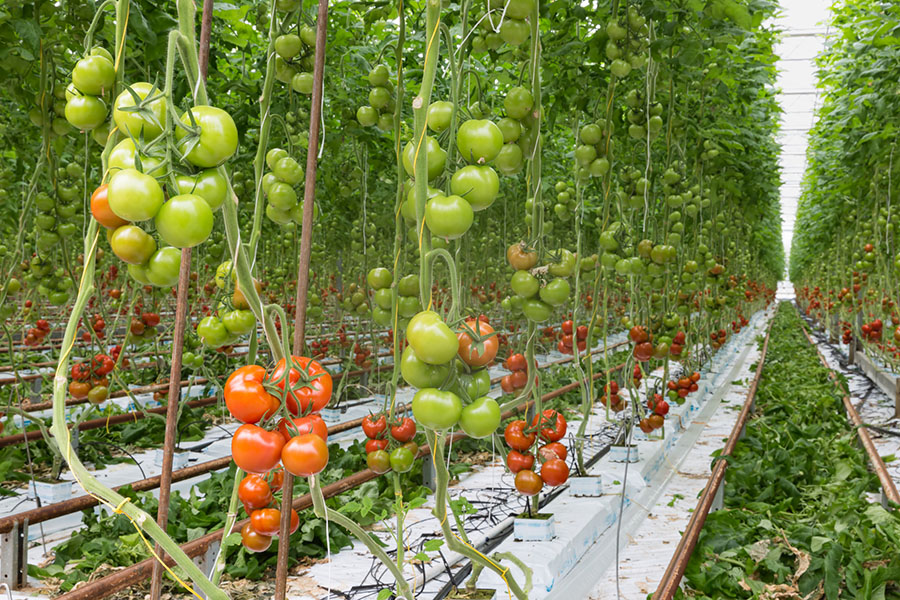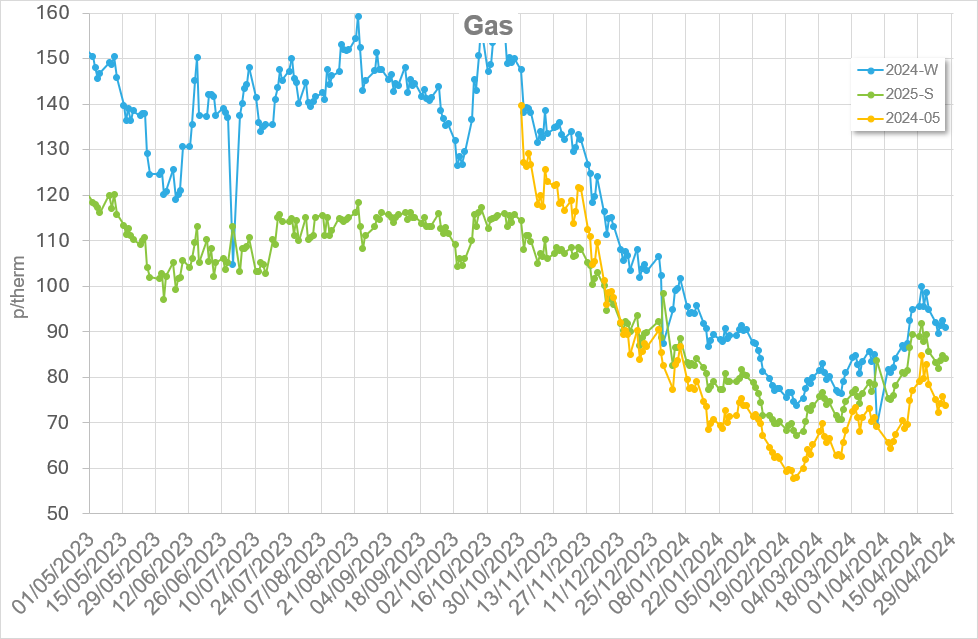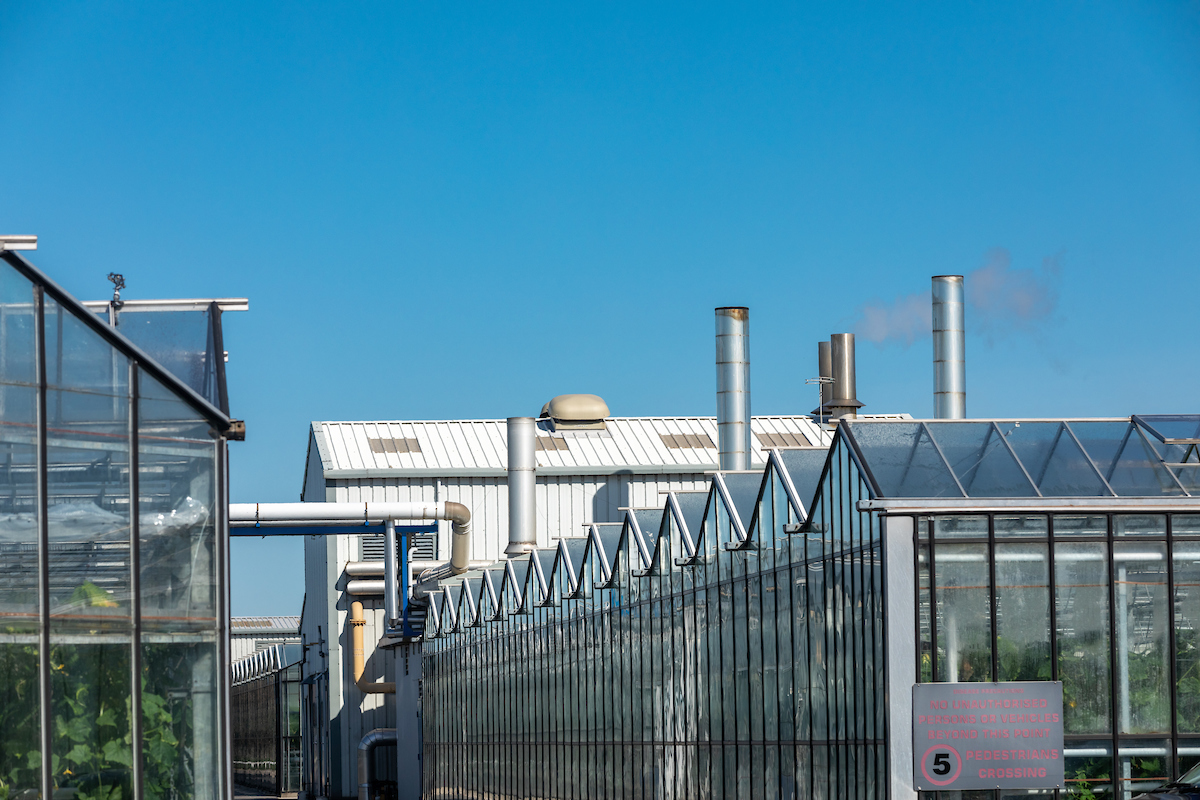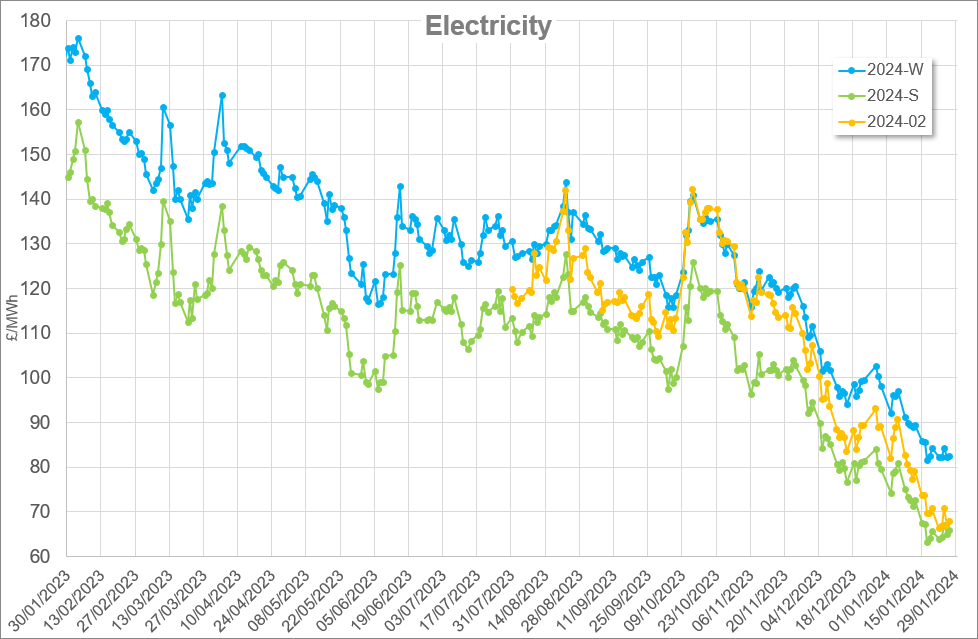Make the most of the heat in your glasshouse that may otherwise be considered “waste”. Read on to learn about the different areas in your glasshouse where you can recover heat to use more productively and ultimately improve your efficiencies.
Refrigeration
Many glasshouse sites include refrigeration, either as part of a chilled environment or in cold storage. Fundamentally, these systems work in the same way; a refrigerant is circulated through a condensation/evaporation cycle, capturing heat from a cold area and transferring it away.
Traditionally, the condenser part of the system is located outside, using fans to move air over a heat exchanger, cooling the refrigerant. To work efficiently, condensers need to have adequate airflow. However, they are often placed for convenience and close to the refrigerated space to minimise pipe runs. Often, this leads to suboptimal placement and the system must work harder (and therefore use more energy) to reach the cooling setpoint.
For each unit of electricity consumed by a refrigeration system, it will transfer an estimated three units of heat (this will vary with the system’s specifics). This means that large refrigeration systems have a great potential heat resource, which is normally dumped into the atmosphere.
How can you use this heat?
Rather than cooling refrigerant by heating ambient air, the heat can instead be captured in water, with residual heat released to the atmosphere as usual. The maximum reasonable temperature available from this type of system is around 55°C, which means that large storage tanks may be needed to make use of it.
Even if a site is not designed to make use of low temperature heat, this energy can still be used to preheat higher temperature systems (particularly useful for steam boilers) or released into office spaces with fan blowers. Additionally, having a ‘free’ heat resource can open new opportunities, such as raising irrigation water temperature, adding heat to cleaning water, or drying a product.
Another benefit of refrigeration heat recovery is that it can improve the efficiency of the refrigeration system, by removing heat from the refrigerant more effectively. Refrigeration systems have a high load factor, meaning that even marginal reductions to the energy use can lead to significant annual savings.
Wastewater
Depending on how your site operates, significant amounts of energy may be used in heating wash water which is lost to sewage or treatment. Likewise, if you use an ebb and flow irrigation system, when the crop is heated a large volume of warm water is sent down the drain.
Consider a heat exchanger
Instead of losing heat to wastewater, a heat exchanger can be installed to recover a portion of that energy. The type of heat exchanger, and therefore recoverable amount of heat, will depend on the quality of the wastewater. The higher the surface area to volume ratio of the contact point between the hot and cold water, the more effective heat recovery will be; however, high surface area to volume ratios typically mean delicate heat exchangers which can easily be blocked by debris.
Even with filtration, the safest option may be a concentric tube heat exchanger. These have one (or many) pipes which carry the wastewater, jacketed by a larger pipe which carries cold water.
The most sensible place to use the recovered heat is to preheat the system that it came from, i.e., the next cycle’s wash or irrigation water. Flow rates, heat exchanger dimensions, and general system design will all dictate how much energy can be recovered. However, at least 30% should be achievable on most systems.
Alternatively, wastewater can be sent to a bulk storage tank. A heat pump can then extract and upgrade (increase the temperature) heat from it. This will require a much larger capital and space investment but can be viable. To learn more about heat pumps please refer to our two articles: A detailed look at heat pumps and how they work and The practicalities of installing a heat pump system.
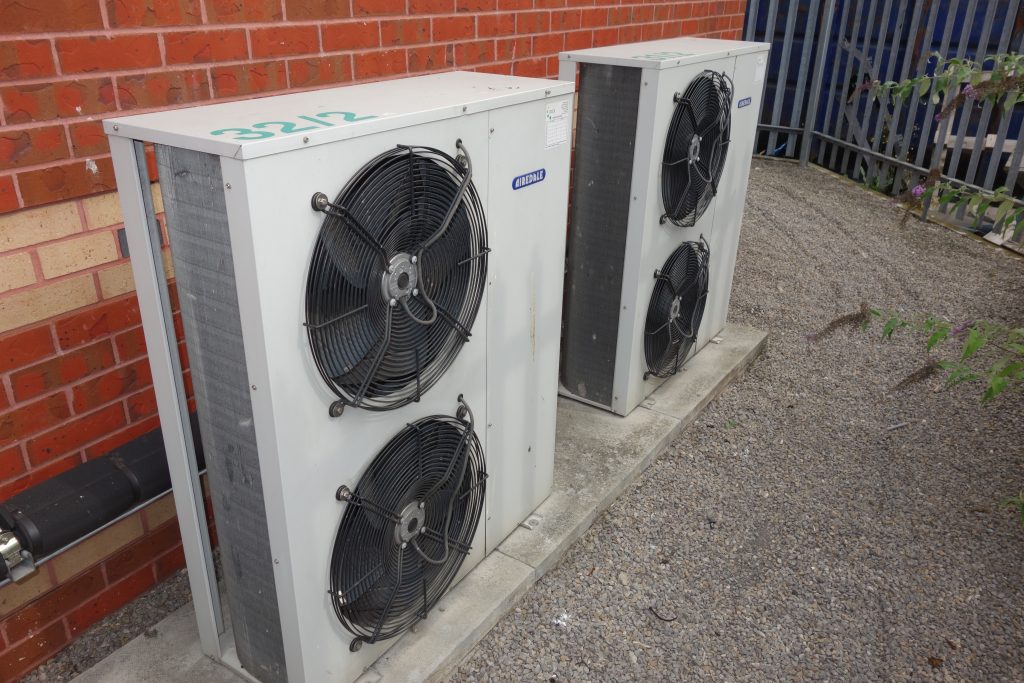
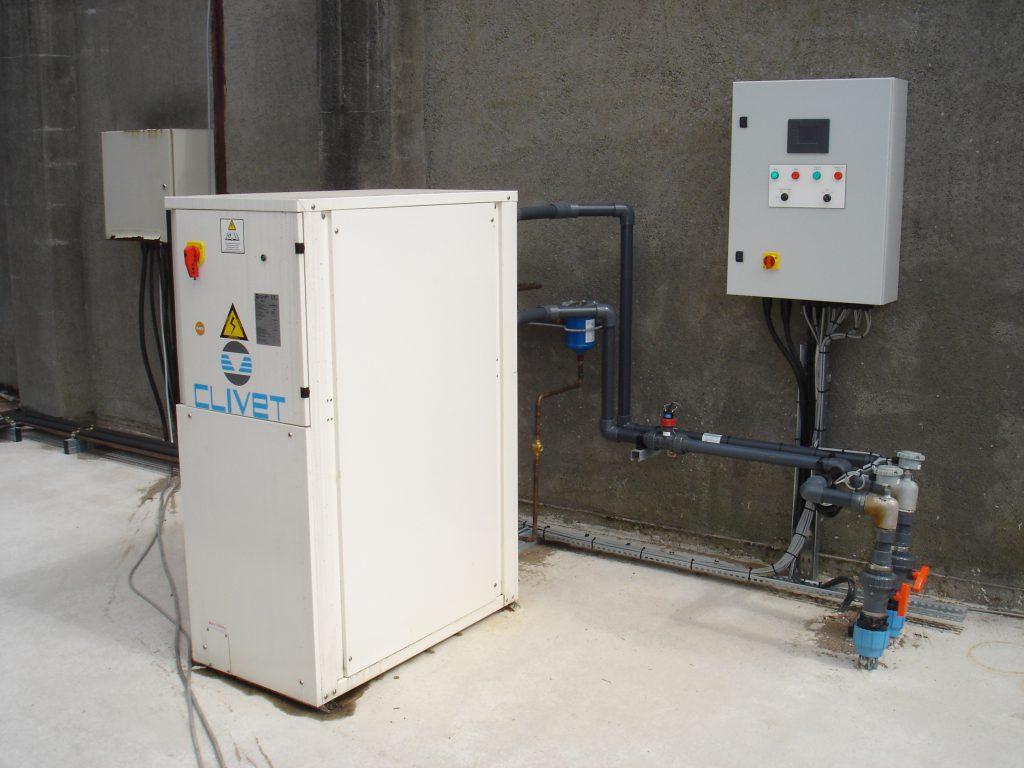
Ventilation
Finally, likely the largest area of lost heat in protected horticulture is ventilation. Heat is often used as humidity control within a glasshouse, and ventilation strategies commonly lead to heated air being released to atmosphere.
The only way to reasonably capture this heat is by incorporating a closed or semi-closed glasshouse design. This is generally only possible when building a new glasshouse, requires delicate management, and is only applicable to certain crops. However, where it can be used, large savings are possible in both heat and CO2 recovery. Read out article on How to stop unnecessary venting in the greenhouse for some tips.
The downside is that supplementary lighting is very often required, therefore, while overall energy use may be lower, energy costs may be higher.
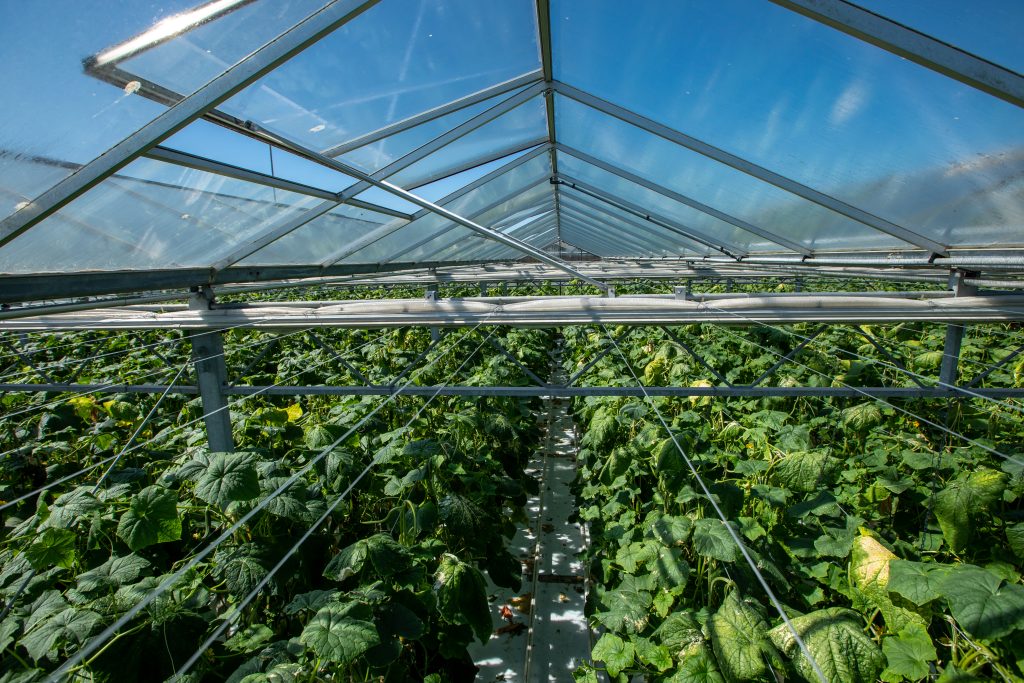
Written by Eirinn Rusbridge.

